The art world brings together numerous talented players. From artists, curators, and collectors to museums, galleries, art fairs, auction houses and many other institutions and professionals, they all form an intricate and intertwined network of interactions and interdependence.
At first glance, commercial galleries and art fairs may be perceived as purely money-making entities. Indeed, they have been established to generate income and make profit. The fact that they attract high-net-worth individuals comes as no surprise. At the same time, private galleries and art fairs play an invaluable role within the contemporary art ecosystem. They support distinct initiatives and artistic development, collaborate with public institutions, launch educational activities, nourish and develop new projects. Their role as culture-supporters and culture-makers spans all aspects of the art world’s operations.
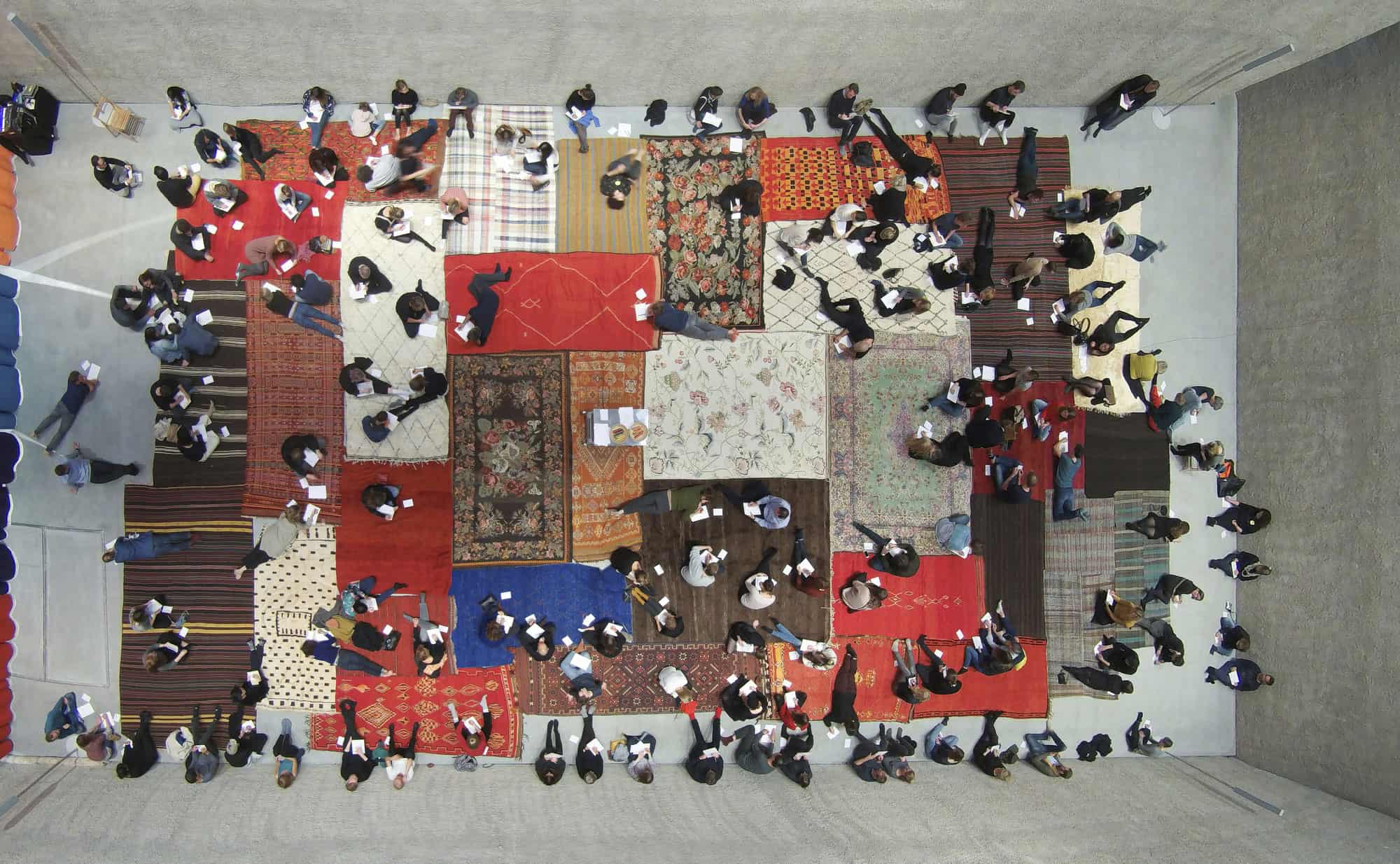
Jeppe Hein, Don’t Expect Anything Be Open to Everything, a series of events at Koenig Galerie, Berlin 2017, Image Courtesy: Koenig Galerie
Wide accessibility
Surprisingly, despite their private ownership, commercial galleries are often more welcoming than public institutions. No matter how frosty the high-end gallery atmosphere may seem, ticketed events are a rarity. Private views, contrary to their name, are open to the public. Conveniently located within a walking distance from major museums and attractions, commercial galleries enhance art experiences of numerous art lovers. The exclusivity merges with egalitarianism and accessibility in a bizarre tango of fine art and high finance. One seems to be powerfully attracted to the other.
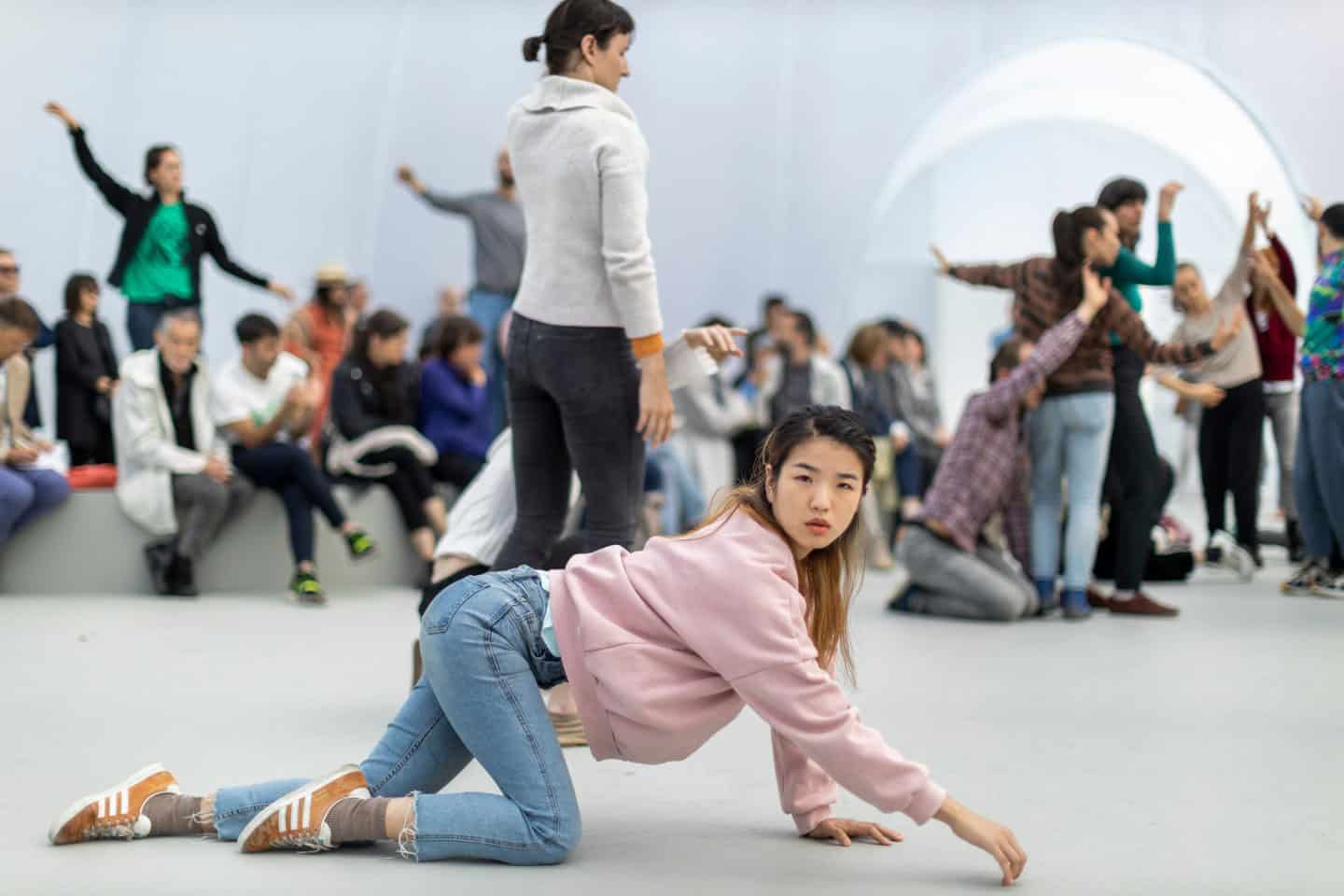
Alexandra Pirici, Aggregate, 2019, a performative environment at Art Basel 2019, Image Courtesy: Art Basel
Sought-after wonders
Having continuing needs to entertain wealthy clients, commercial galleries tend to dedicate their vast resources to publishing art books, monographs and other limited editions. While it may seem like a surplus or an occasional activity, major galleries have even created in-house publishing departments. Inspired by the best standards in the industry, galleries have been focusing on publishing books nearly as much as on organising new exhibitions. Last year, Hauser and Wirth produced an exquisite publication about Alina Szapocznikow. Meticulously designed and created with attention to tactile experiences reflecting the nature of the artist’s work, To Exalt the Ephemeral is a book even the best publishing houses would envy.
Occasionally, smaller galleries publish exhibition catalogues, zines, or even limited edition vinyls. Although more modest in scope, these publications tend to become sought-after wonders enriching both art and publishing scenes. For the last several years, Warsaw-based Raster Gallery has been releasing a range of art books by Polish emerging artists, including the fascinating Selfie by Aneta Grzeszczykowska.

Aneta Grzeszczykowska, Selfie, published by Raster Gallery / Viborg Kunsthals Forlag, 2015, Image Courtesy: Raster Gallery
Around the world within a tent
While galleries boast impressive premises, they regularly search for more direct engagement. Gallerists eagerly respond to clients’ needs and meet them in various locations around the world. That strategy situates art fairs among galleries’ best friends.
Without a permanent home address, art fairs are cosmopolitan institutions with offerings that make your head spin. It’s tricky enough to handle a gigantic map of a fair and browse through its programme on your own, let alone visit all the shows and events in one day. To welcome ever-growing numbers of visitors, some take up vast disused warehouses or industrial spaces such as Tempelhof Airport in Berlin or Van Nelle Factory in Rotterdam. Others build the largest tents you can possibly imagine and camp in prestigious parks.
An expedition around the (art) world begins as soon as you step through the fair’s door. Without leaving that gigantic tent, visitors explore mini exhibitions organised by galleries from every corner of the globe. From regular presentations, curated sections, and several themes presented at a fair simultaneously to talks, lectures, and film screenings, the overabundance of art experiences and discoveries waiting to be made is simply extreme. Growing from strength to strength, art fairs support the arts circulation, give an insight into what is in demand, what the next trends may be, and where the art developments are heading.

A cross-disciplinary music performance in three acts, presented by Galerie Thaddaeus Ropac and MusicArt, Galerie Thaddaeus Ropac, London 2019, Image Courtesy: Galerie Thaddaeus Ropac
Networking and promotion
While art fairs create a fantastic way to meet clients, gallery representatives also take this opportunity to engage with their counterparts from other countries and continents. Debates over art seamlessly blend with discussions about business models and financial strategies. For galleries, participation in a fair bears fruits in the form of sales, obviously, but also learning, exchanging ideas, and eventually striking new partnerships.
For visitors, in turn, fairs offer much more than what a programme officially includes. Art fairs are absolutely excellent tools of art and culture promotion. Artists are often present at gallery stands, making it a rare and exciting opportunity to experience an artwork and have an informal chat with its creator at the same time. Attended by thousands — Art Basel is visited by around 90,000 people every year, while Frieze London attracts over 60,000 guests — they are one of the best ways to introduce new artists to a wide range of audiences. Curators, museum directors, and collectors, as well as art critics and the general public are always in quest of discovering extraordinary projects.
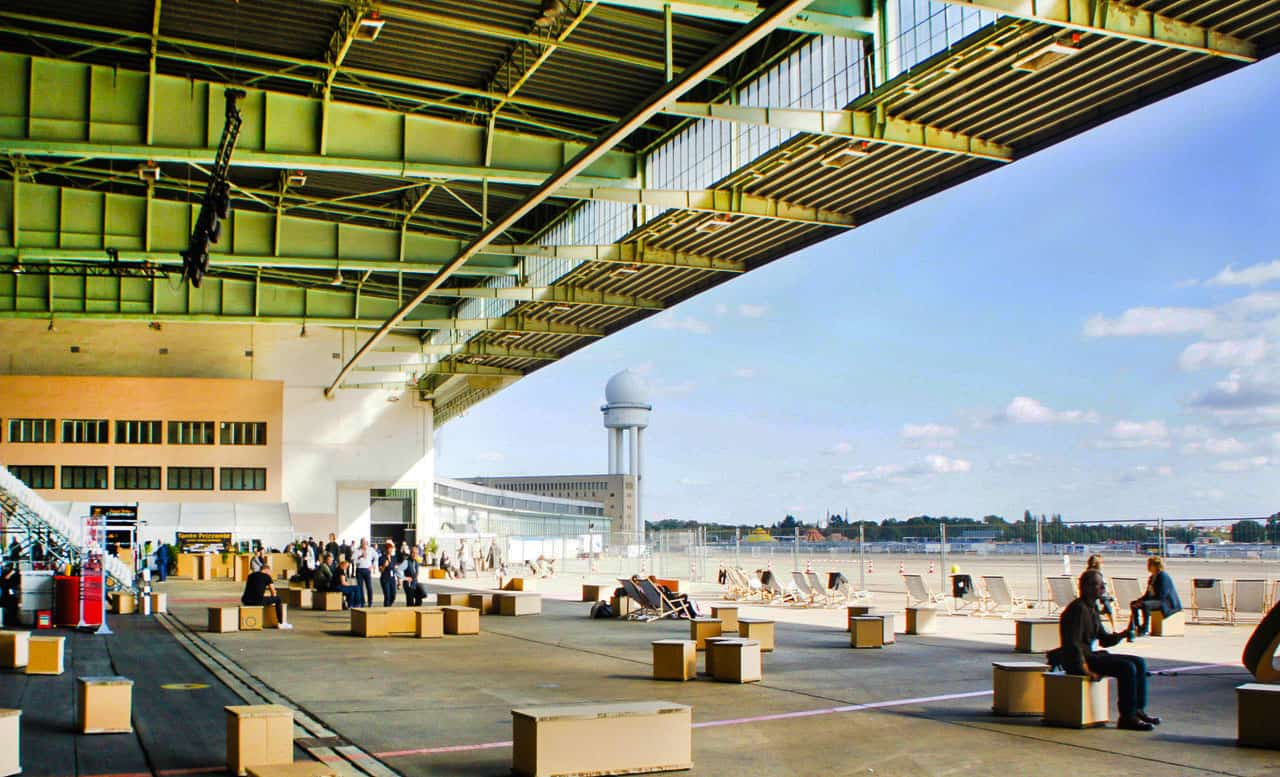
Positions Berlin Art Fair at Tempelhof Airport in Berlin, Copyright Positions Berlin Art Fair, Image Courtesy: Berlin Art Week 2020
Collaborations across the board
As much as we would like to make particular art world players fall into specific categories, the results — exhibitions, site-specific projects, or artists’ commissions — are more often than not fruits of collaboration between public and private entities. To achieve unparalleled results, the scope and prestige of public institutions regularly meet with the entrepreneurship and innovativeness of income-oriented players. At a conference on models of private-public partnerships, Max Hollein, director of the Metropolitan Museum of Art (and formerly director of Fine Arts Museum of San Francisco and Frankfurt’s Schirn Kunsthalle) noted: ‘At a classical European museum, the board consists of government officials. At American institutions, the board is all entrepreneurs. In Europe, the board meets once a year and the primary goal is to make sure the museum director doesn’t ask for more money from the government! Here [in the USA], the board is deeply involved in the day-to-day workings, and they’re constantly asking, ‘What can we do next?’ Everywhere in this country museums are opening and expanding, so there is obviously a lot of energy and positive dynamics.’
Similarly, when an art fair occurs, it seems as if a wave of creativity invaded an entire city. Collateral events take place across districts, museums open extra exhibitions, other galleries stage the most alluring shows. No one wants to miss a chance to entice sensation-seeking art enthusiasts. Berlin has capitalised on this canny approach and is now perceived as one of the most resourceful art destinations in Europe. Founded in 2012, Berlin Art Week is a successor of the Art Forum, an internationally regarded art fair operating from 1996 until 2011. Rapidly establishing its reputation as a key event for contemporary art in the capital of Germany, Berlin Art Week has been bringing together shows, art fairs, competitions, and an auxiliary programme featuring talks, films, and tours. Taking place in September — in contrast to the well-known Berlin Gallery Weekend which has been happening every spring since 2004 — the event gives unequalled insights into private collections, project spaces, and the city’s sites of artistic production.
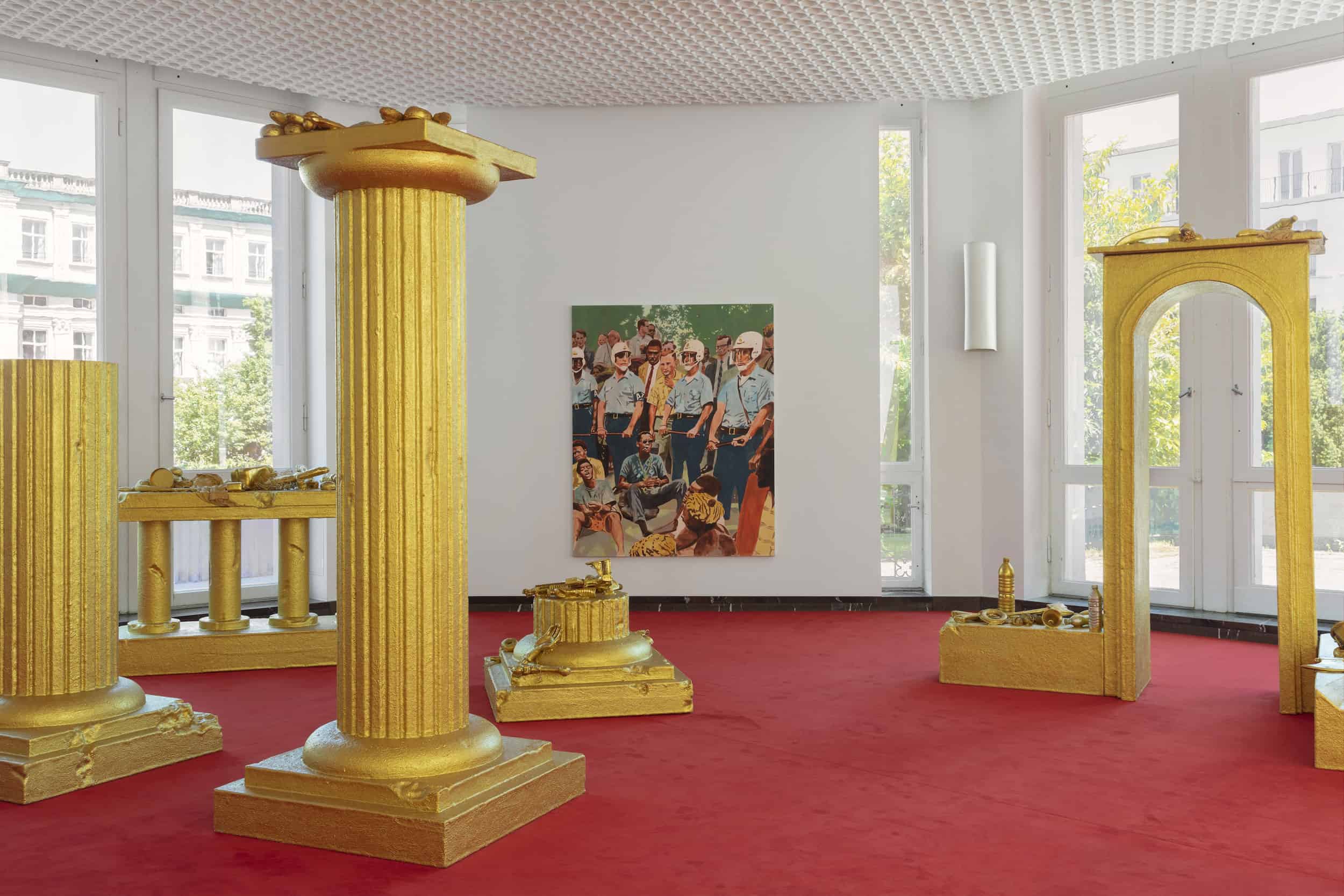
Schinkel Pavillon, John Miller, An Elixir of Immortality, Installation view, 2020. Photo: Andrea Rossetti, Image Courtesy: Berlin Art Week 2020
Icing on the cake
The larger a gallery gets, the bigger the scope of its operations becomes. Limiting physical premises to exhibition halls and programmes to art shows is simply out of fashion. Commercial galleries include movie theatres, auditoriums, performance spaces, and all in-betweens. Their programmes are filled with meetings with artists, curators, evening parties, concerts, brunch discussions, and many more exciting offerings.
At its London headquarters, White Cube has a room dedicated to screenings and meetings. The auditorium boasts an impressive record of hosting video art screenings, film programmes, and seminars. Similarly, Thaddaeus Ropac has been organising highly engaging events in his galleries, which included Conceptual Concert in Three Acts inspired by John Cage and Robert Rauschenberg, which took place within the setting of Rauschenberg’s exhibition; or a meeting with Erwin Wrum in conversation with Hans Ulrich Obrist.
To keep up with ever-changing contemporary art landscape, Pace Gallery has recently launched Superblue, a groundbreaking enterprise dedicated to producing, presenting, and engaging the public with experiential and immersive art. Marc Glimcher, Co-founder of Superblue and President & CEO of Pace noted: ‘Artists conjure up extraordinary universes that provoke new ideas about ourselves and make us reimagine our relationship with each other and the world… Superblue represents a necessary evolution and disruption of the arts ecosystem, providing artists with the resources they need for realising their most ambitious ideas and engaging the public in the ways they envisioned, which is so integral to the work itself.’
Understandably, those galleries are at the top of the league. Even the smallest galleries, however, are extraordinarily entrepreneurial and provide visitors with out-of-the-ordinary opportunities that give an unparalleled insight into artists’ work and creation processes.

Art Basel 2019, Image Courtesy: Art Basel
Supportive interdependence
While the ultimate aim of private entities is to make profit, galleries’ and art fairs’ unwavering dedication and skillfulness contribute to a prosperous functioning of the art world and development of art cultures. They are inseparable and vital components that inject not only financial resources but also, and above all, operational capacity into the veins of the art system. The more you analyse it, the more evident culture-making role of galleries and art fairs becomes.
At the same time, due to the intertwining roles of commercial players and art market’s unregulated proceedings, the boundaries between the private and public sectors are rather blurry. After all, major gallery directors are often on selection panels of leading art fairs and close partners of collectors making substantial contributions to public museums. The system is complex and intricately interconnected. Galleries and art fairs, similarly to art collectives and public entities, evolve, branch out, and undergo transformations to live up to high expectations. They are at the forefront of development, educating and supporting, sustaining the current system and constantly pushing towards further growth.
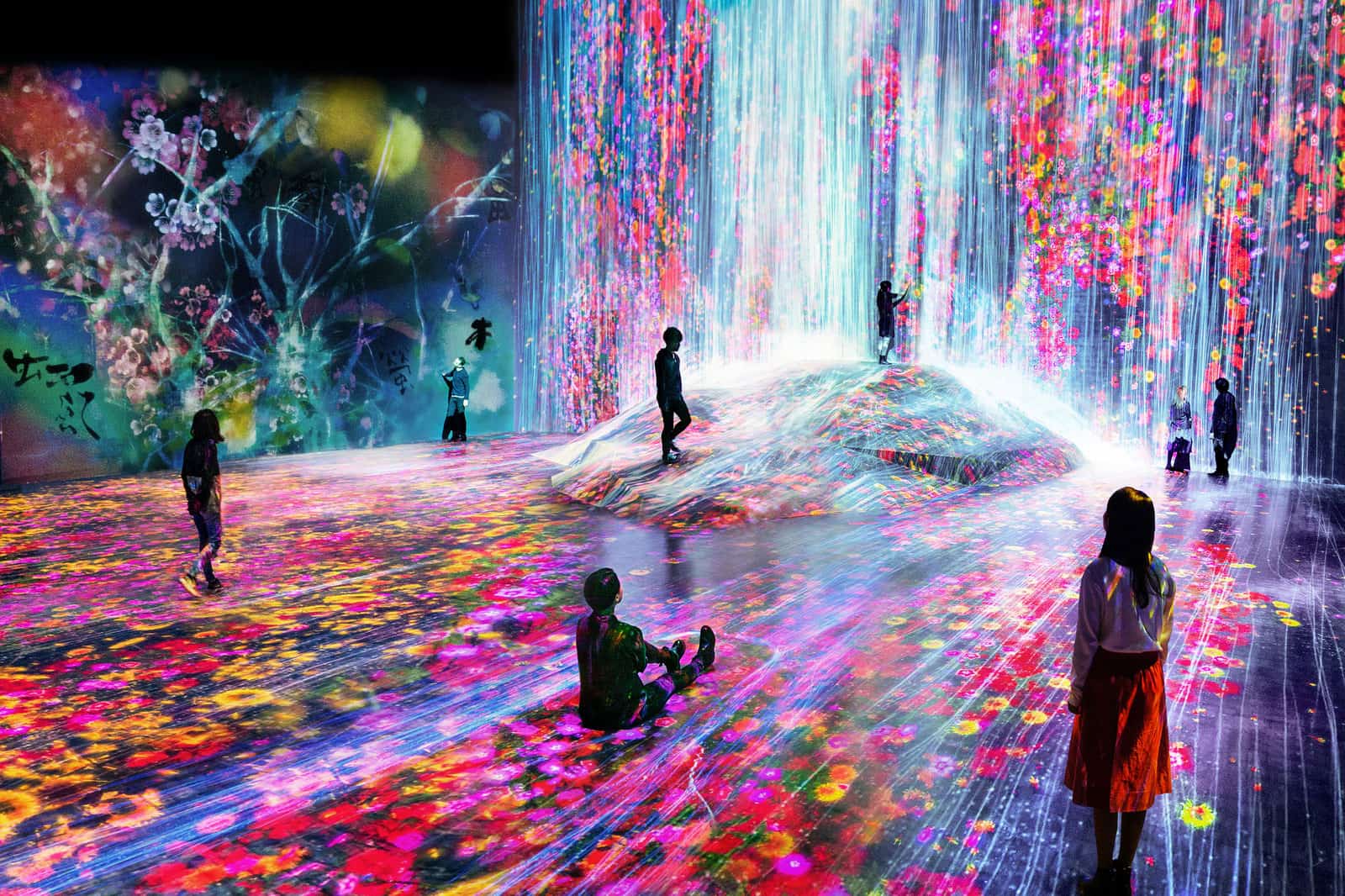
teamLab, Universe of Water Particles in the Tank, Transcending Boundaries 2019, Interactive Digital Environment, Copyright teamLab, Image Courtesy PACE Gallery / Superblue








